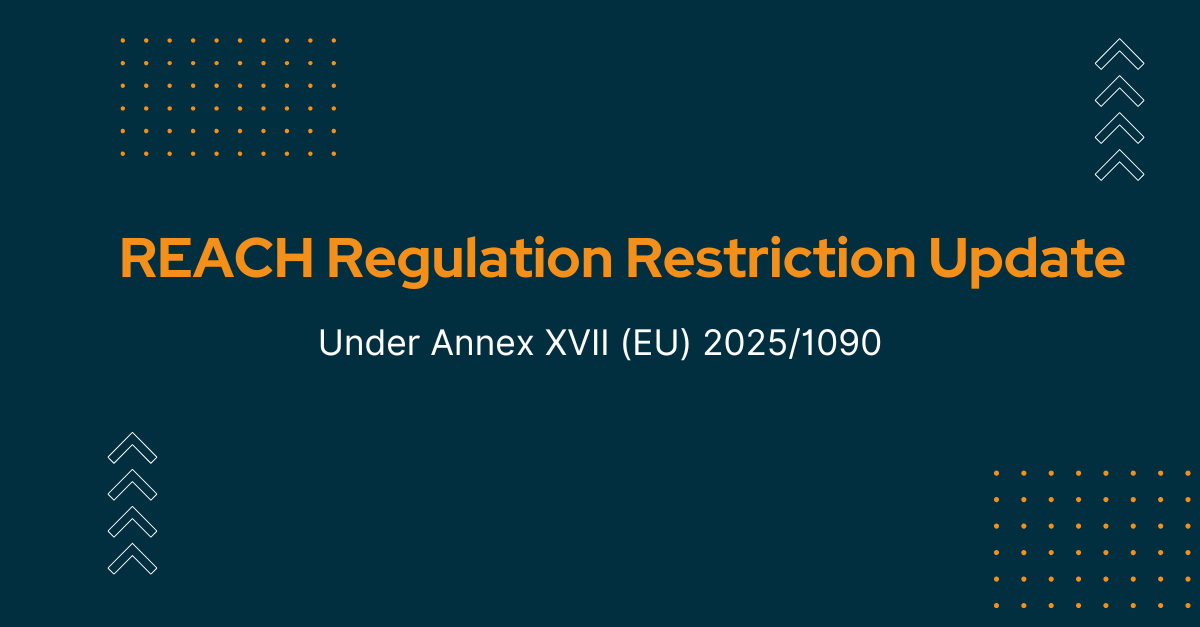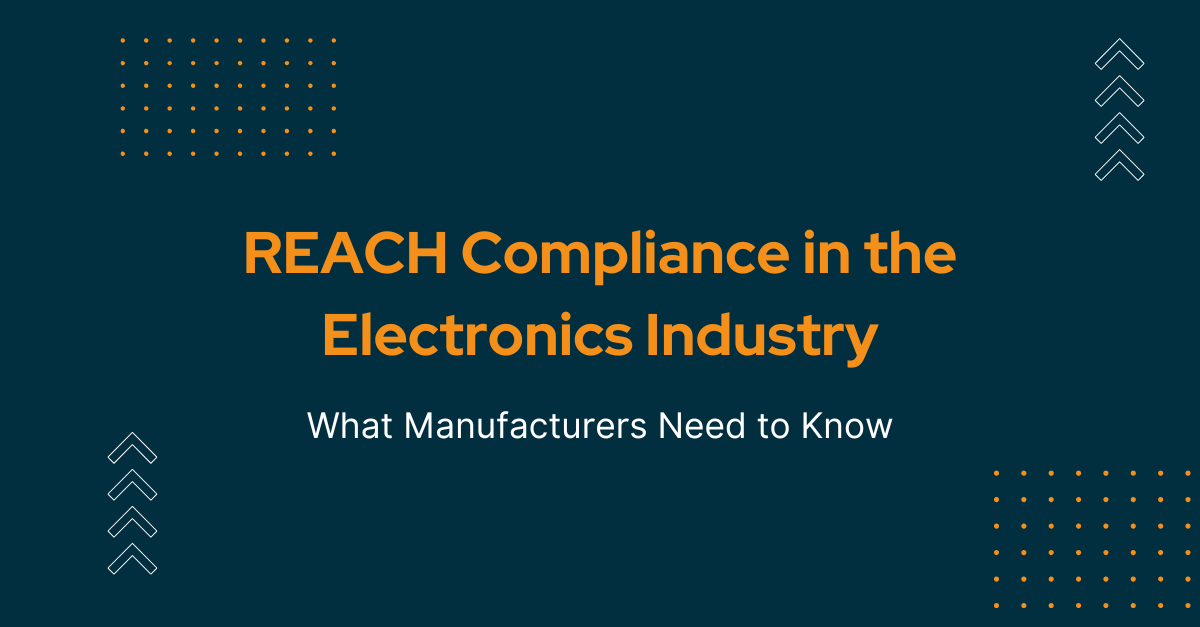Table of Contents
Understanding the Implications of ECHA's Recommendation of Eight Substances for REACH Authorisation List (Annex XIV)
ECHA, the European Chemicals Agency, has recommended eight substances, including lead, for inclusion in the EU REACH Authorisation List to protect workers and the environment. These substances have been prioritized from the Candidate List of substances of very high concern (SVHC) and companies will need to apply for authorisation to continue using them once they are added to the list.
Here is the list of substances included in the eleventh recommendation along with their common uses:
- Ethylenediamine (CAS# 203-468-6) - Used as a processing agent in refinery streams, corrosion inhibitors, process additives, and in control of odor emissions.
- 2-(4-tert-butylbenzyl) propionaldehyde and its individual stereoisomers - Used as a fragrance in washing and cleaning products, air care products, polishes, and waxes.
- Lead (CAS# 231-100-4) - Used in batteries, ammunition, cables, vehicles, machinery, electronics, radiation shielding, sanitary, construction, art, and musical instruments.
- Glutaral (CAS# 203-856-5) - Used in leather tanning, X-ray film developer, corrosion inhibitor, crosslinker, and auxiliary for polymerisation reactions.
- 2-methyl-1-(4-methyl thiophenyl)-2-morpholinopropan-1-one (CAS# 400-600-6) - Used as a photoinitiator in UV-curable coatings, inks, and adhesives.
- 2-benzyl-2-dimethylamino4'-morpholinobutyrophenone (CAS# 404-360-3)- Used as a photoinitiator in UV-curable coatings, inks, and adhesives.
- Diisohexyl phthalate (CAS# 276-090-2)- No registered uses.
- Orthoboric acid, sodium salt (CAS# 237-560-2)- No registered uses.
It's worth noting that substances 7 and 8 have no registered uses in the scope of authorization. However, they are being recommended based on grouping considerations as they could potentially replace structurally similar substances that have already been recommended or are included in the Authorization List to avoid regrettable substitution.
More information about the reasons for recommending these substances for authorization and their uses is available in the annex and in ECHA’s recommendations. ECHA takes into account comments received during a three-month consultation and the opinion of the Member State Committee before sending its recommendation to the European Commission.
Lead included in ECHA's Recommendation for EU REACH Authorisation List (Annex XIV)
Lead is a highly toxic substance that can cause severe health problems, including brain damage, especially in children. It has been phased out of many products and processes in the European Union, but it is still used in some industries, such as batteries, ammunition, and radiation shielding. The inclusion of lead in ECHA's recommendation for REACH Authorisation has sparked a discussion on the best timing for its inclusion and its implications for industry and authorities. The Member State Committee of ECHA has been actively engaged in this discussion, weighing the risks posed by lead to workers and the environment against the need for its continued use.
One of the major concerns raised during the consultation was the potential workload for industry and authorities at the next stage. If lead is included in the EU REACH Authorisation List, companies that use it will need to apply for authorisation to continue using it. This process can be time-consuming and costly, and it may put a strain on the resources of both industry and authorities. Another concern raised during the discussion was the possible overlap with other ongoing or planned regulatory activities. It was suggested that the inclusion of lead in the REACH Authorisation List should be timed in such a way as to minimize the burden on industry and authorities and avoid duplication of efforts.
Despite these concerns, the Member State Committee of ECHA agreed that lead should be included in the REACH Authorisation List. Ofelia Bercaru, the Director for Prioritisation and Integration at ECHA, stated that this decision was made after considering the risks posed by lead to workers and the environment, as well as its continued use in various industries.
The decision to include lead in the REACH Authorisation List is a significant step towards protecting workers and the environment from the harmful effects of this toxic substance. While the discussion around its inclusion has raised valid concerns about the workload for industry and authorities, it is important to remember that the safety and health of workers and the environment should always be the top priority.
Despite the efforts to phase out the use of lead in many industries, some sectors still use it for various purposes. Here are some industries and products that commonly use lead:
- Batteries - Lead-acid batteries are still widely used in vehicles, such as cars, trucks, and boats. They are also used in backup power supplies, uninterruptible power supplies (UPS), and emergency lighting systems.
- Ammunition - Lead is used in ammunition manufacturing as a core material for bullets, shotgun pellets, and other projectiles.
- Construction - Lead is used in construction for roofing, flashing, and other applications. It is also used as a component in solder, plumbing fixtures, and radiation shielding.
- Electronics - Lead is used in electronics, particularly in soldering for printed circuit boards, cable sheathing, and lead-acid batteries in backup power supplies and uninterruptible power supplies.
- Fishing - Lead is used in fishing tackle, such as sinkers and jigs.
- Industrial applications - Lead is used in various industrial applications, such as a radiation shield in nuclear power plants, and as a component in brass and bronze alloys.
- Medical equipment - Lead is used in medical equipment, such as X-ray machines, shields, and aprons.
- Pipes - Lead pipes were once commonly used for plumbing, but they have been phased out in many countries due to health concerns.
While lead continues to be used in these industries and products, there are efforts to find safer alternatives and to phase out its use altogether. It is important for companies to assess their use of lead and work towards reducing or eliminating it for the health and safety of both workers and consumers.
Conclusion
The European Commission will decide which substances are included in the EU REACH Authorisation List (Annex XIV) and what conditions apply to each substance. The authorisation process aims to enhance the substitution of substances of very high concern (SVHC) with technically and economically viable alternatives. Until this is achieved, the goal is to ensure proper control of risks for human health and the environment.
Take a look at our related articles for the latest updates & more insights on restricted substances regulations.



